Tennis court lighting
If we talk about the lighting of tennis courts, the most important thing here is to prevent the blinding effect of spotlights on players and spectators. This is achieved by choosing the right spotlights for installation, their type in terms of light distribution, power, the use of additional accessories to limit glare (anti-glare grilles, visors, frosted glasses, etc.).
In addition, when designing tennis court lighting, it is very important to achieve a standardized level of illumination with a high degree of illumination uniformity, both in the playing area of the court and in the general area.
Lighting tennis courts: design features
Tennis courts are illuminated with LED spotlights or spotlights with metal halide lamps. These are the best light sources for all sports lighting.A typical outdoor tennis court is usually lit from poles at least 8 meters high. The number of poles per court varies from 4 to 6. It is worth noting that in most cases the illumination of a tennis court from six poles is more uniform and comfortable for players and spectators than from four.
As for the height of the supports, the most optimal solution is supports with a height of 10-12 meters. This height allows you to minimize glare, achieve more uniform illumination of the surface of the tennis court, as well as the space above the court (important for controlling overhead balls - "candles").
Tennis Court Lighting: Lighting Values
The required illumination values are specified in the regulatory documents and depend on the level of activities carried out at the illuminated object. With the choice of the required level of illumination, the design of a lighting installation for any sports facility begins.Tennis court lighting is most often done using an overhead-side light system. Such a system implies the location of floodlights outside the common area, along the long sides of the site and the use of asymmetric optics.
Illumination values for lighting tennis courts are regulated by the European standard 12193 “Lighting of sports facilities” and they are guided by when developing projects for lighting tennis courts.
Illumination values for lighting indoor tennis courts:
1st class: Esr > 750 lux; Emin/Eav > 0.7; Emin/Emax > 0.52nd class: Esr > 500 lux; Emin/Eav > 0.7; Emin/Emax > 0.5
3rd class: Esr > 300 lux; Emin/Eav > 0.7; Emin/Emax ≥ 0.5
Illumination values for lighting outdoor tennis courts:
1st class: Esr > 500 lux; Emin/Eav > 0.7; Emin/Emax > 0.52nd class: Esr > 300 lux; Emin/Eav > 0.7; Emin/Emax > 0.5
3rd class: Esr > 200 lux; Emin/Eav > 0.6; Emin/Emax ≥ 0.5
Tennis court lighting controls
Additional flexibility in controlling the lighting installation and increasing visual comfort, possibly by providing the function of dimming the light flux of spotlights using DALI, 1-10V protocols. This allows you to adjust the level of lighting brightness to the desires of the players, to provide such lighting modes as training, cleaning, without leading separate cable routes to the floodlights and with the same illumination uniformity as in the game / competitive lighting mode. It is also possible to turn the lighting on/off by a timer, which may be required when operating courts with a constant load, as well as counting the hours of operation of the lighting installation.Tennis court lighting can be dimmed using an application installed on any mobile device (smartphone, tablet or laptop).
Our partners
Since 2013, we have been implementing lighting projects for leading Russian and foreign companies.
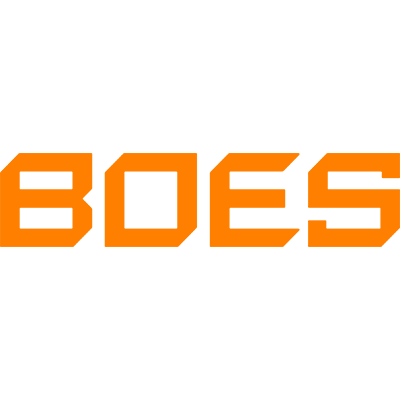



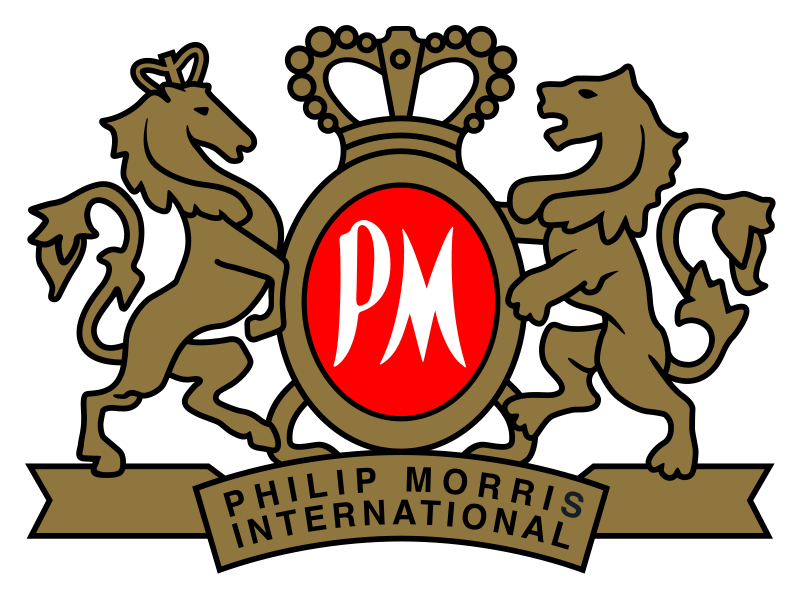

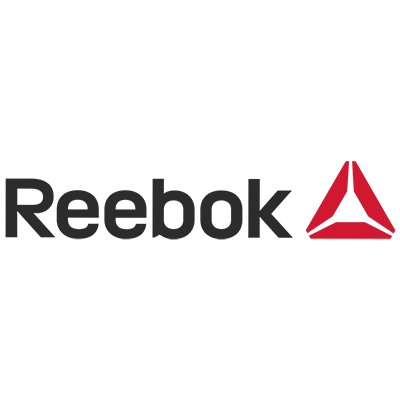

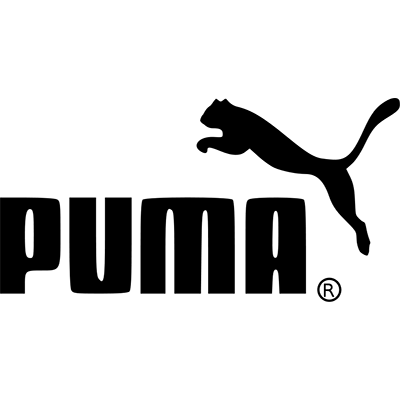
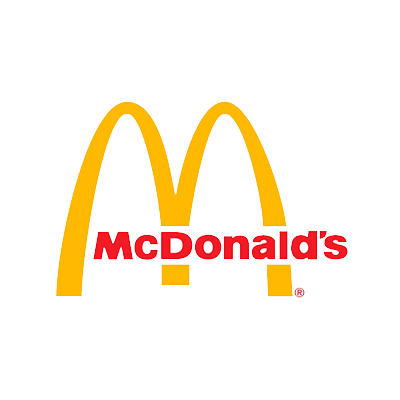
Light with HOKASU is easy!
Your personal manager will contact you and listen in detail to all your wishes
The engineer will select the equipment for your personal project.
After approval and payment, the project is sent to production for 72 hours.
We will deliver the equipment at a convenient time for you.
Make a request and we will answer today,
make your question ours!
Choosing lighting is no easy task.
- Do you want LED lighting that is safe for the health of your family?
- Looking for modern, beautiful lighting?
- Do you want to reduce your energy costs?
Send your project to sale@hokasu.com or just leave a request!
We will calculate, select options, give a discount.
Here you can buy a reliable and stylish Led lamps at the best price.
